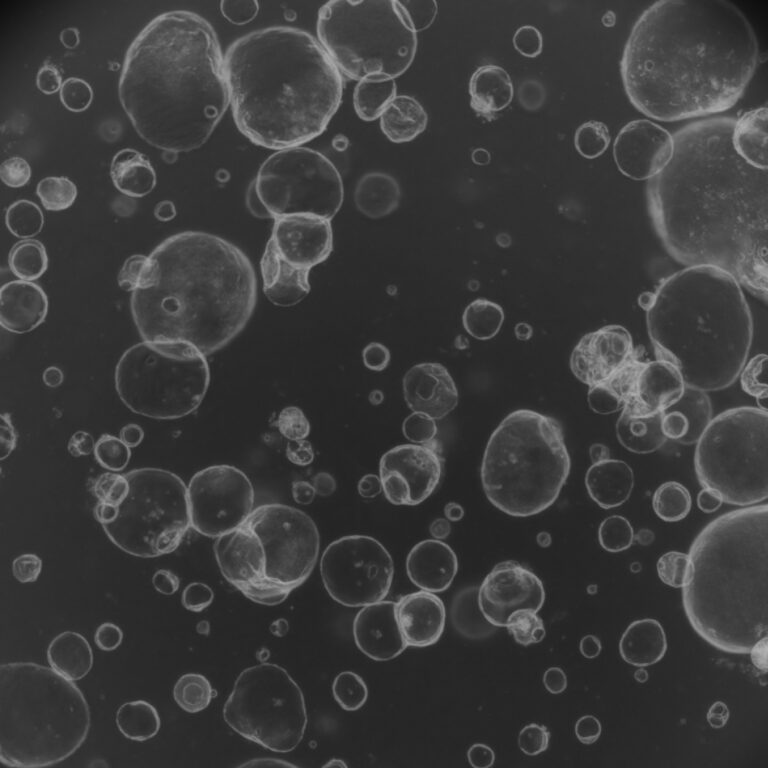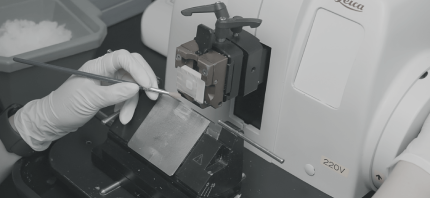Umeå University researchers have developed groundbreaking photoswitchable molecular tools that function like precise light switches for protein control in living cells. Unlike traditional methods such as CRISPR, these next-generation chemo-optogenetic systems offer unprecedented temporal and spatial precision in controlling cellular processes.
The technology uses specially designed molecular glues that can be activated or deactivated using specific wavelengths of light, allowing researchers to manipulate protein functions, locations, and interactions with microscopic accuracy. This innovation has already demonstrated success in controlling various cellular processes, including organelle positioning and protein levels.
This advancement has significant real-world applications: In drug development, it could enable more precise testing of therapeutic compounds. In personalized medicine, it might allow for light-controlled drug delivery systems. For biotechnology industries, it offers new possibilities in protein engineering and synthetic biology. The technology’s potential extends to treating diseases by enabling targeted intervention in cellular processes.
GLP-1 for Treating Obesity—Origin, History, and Evolution
JAMA Network, Per Franklin Nielsen, Per Olaf Huusfeldt (Novo Nordisk), Denmark
Glucagon-Like Peptide 1 Receptor Agonists and 13 Obesity-Associated Cancers in Patients With Type 2 Diabetes
JAMA Network Open, Kevin Lin (Harvard Medical School), USA




